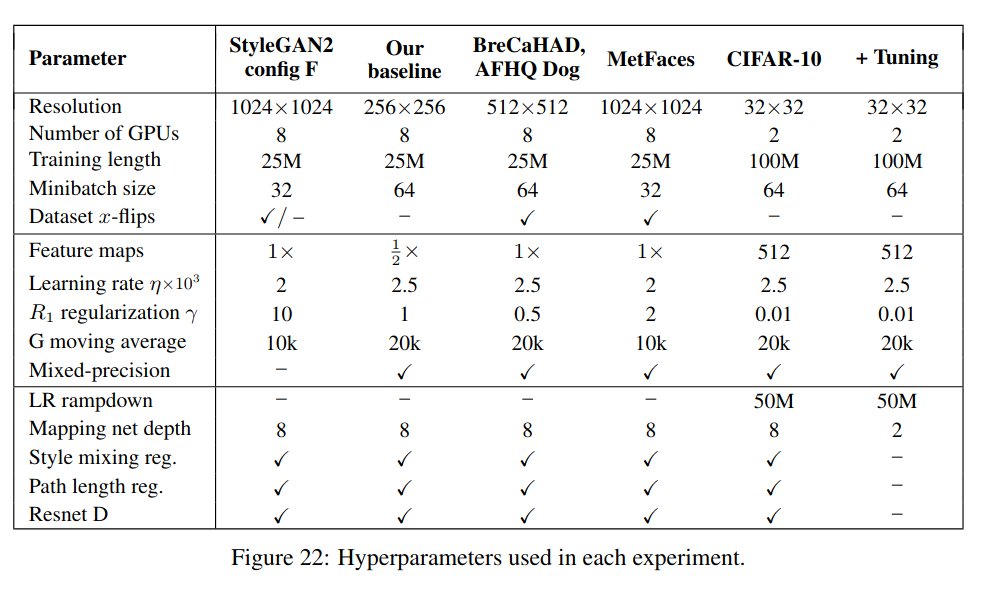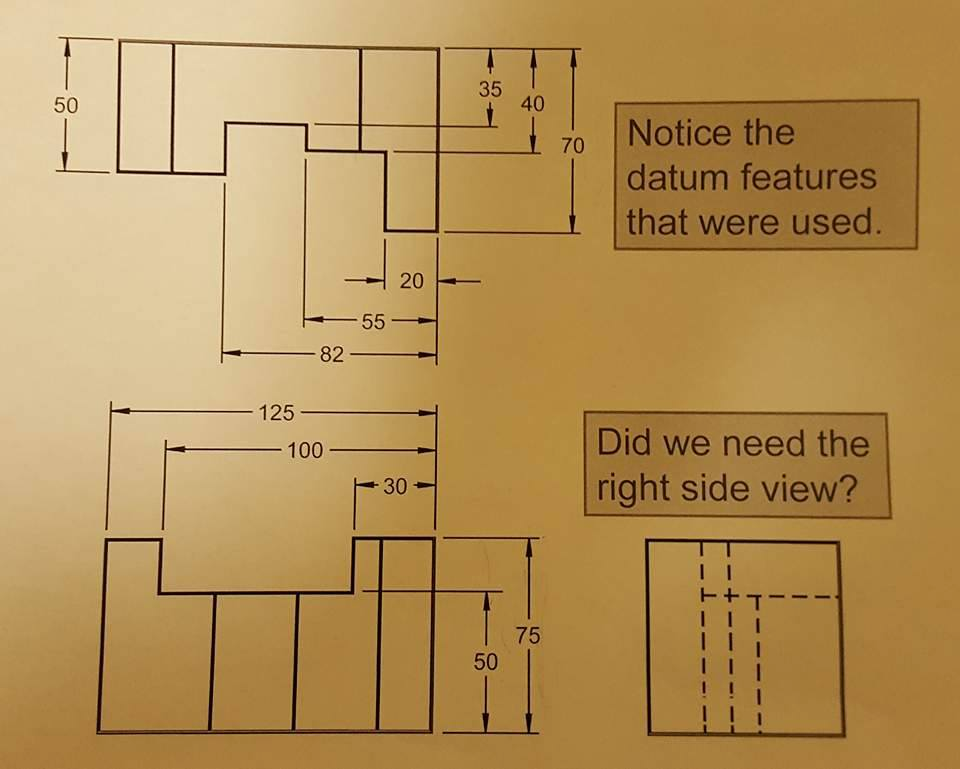

It also includes the 1969 theory of the charm quark that led to the November Revolution in 1974 when experimentalists found charm quarks. It is a combination of Albert Einstein’s 19 theories of relativity, and Max Planck’s 1900 theory of quantum mechanics, as well as the 1954 Yang-Mills field equations. The Standard Model was not created by just one person, or just one collaboration, at one time. Still, it seemed like these could be the first results of what physicists call “new physics”: experimental data that does not disprove or work against previous physics data, but points to the existence of something-usually a new particle-not already predicted by the Standard Model. ( Read our 2012 article explaining more about sigma) Those values might not seem that different, but with so much data coming out of high-energy physics experiments, these differences can be crucial. A significance of 3 sigma means 99.73% confidence 2 sigma means 95.5% confidence. CMS found a significance of 2.6 sigma at 760 GeV.

Sigma indicates statistical significance 5-sigma means that scientists can be 99.99994% sure an anomaly in some data is actually evidence of an anomaly in nature.ĪTLAS measured the bump at 750 GeV at a 3.6 sigma significance. That is, ATLAS and CMS reported low confidence values for the excess, values below the 5-sigma marker of “discovery” in particle physics. The Higgs, a long-theorized particle that helps explain where mass comes from, was first seen as a diphoton excess at 125 GeV.īut in this case, the bump in the data was small. This reminded the physics community of the Higgs boson discovery from 2012. This phenomenon is called a “diphoton event.” And in 2015, ATLAS and CMS observed more diphoton events than they expected at 750 billion electron volts (GeV). When two photons of the same energy are observed close enough together in the LHC detectors, it suggests that they might have been formed by a massive particle (called a boson) decaying into two photons. The detectors at the LHC can measure particles of light, called photons.

The two collaborations (which do separate analyses and serve as checks on each others’ findings) found, after subtracting the background and running their complex data analysis, a “bump” in the data. In 2 slides out of 40 from the ATLAS presentation, and in 3 out of 52 from the CMS presentation, there was a tentative but resonant announcement. On December 15, 2015, the ATLAS and CMS experimental particle physics research collaborations that examine data from the Large Hadron Collider at CERN in Geneva, Switzerland joined together to announce the latest results from their data analysis. PhysicsBuzz shines some light on the stops and starts of physics discovery by investigating two different cases where exciting new experimental results gained media attention and generated theoretical papers, and then those experimental results were invalidated. How does physics work? Do experimental results drive theory, or do theoretical results drive new experiments? When new experimental results are announced, the process of how and why the physics community reacts the way it does can seem opaque.


 0 kommentar(er)
0 kommentar(er)
